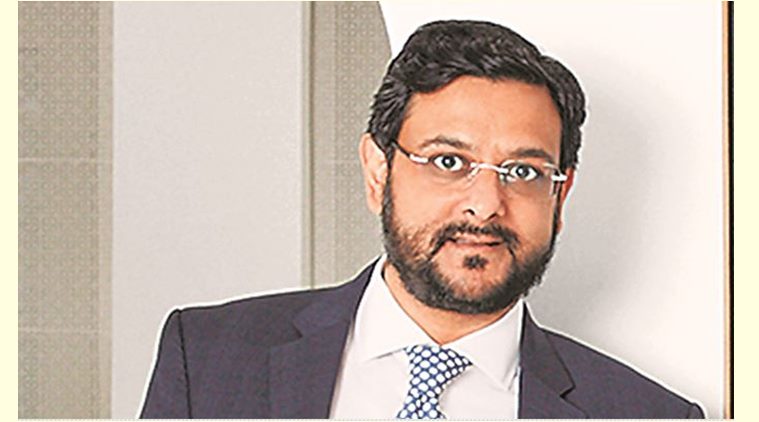 Gaurav Bhatia
Gaurav Bhatia
International auction house Sotheby’s has announced its first sale in India, “Boundless: Mumbai”, to be held in December at The Taj Mahal Palace Hotel, Mumbai. Along with art from South Asia, it will also feature works by western artists who were inspired by the art, culture, geography and people of the region, across categories such as art, photography, prints and design. Artist Tyeb Mehta’s seminal painting, Durga Mahisasura Mardini, will lead the sale. Commissioned in 1993, it will appear in the market for the first time. Excerpts of an interview with Gaurav Bhatia, Managing Director, Sotheby’s India:
What are the highlights of the December sale?
At this stage, I won’t be able to disclose many names, but our cover lot is led by Tyeb Mehta’s 1993 seminal work Durga, which depicts the goddess defeating Mahisasura. You also have photographs. Over time, the medium has made its place in mainstream art.
Absolutely, photography is a relevant art form. We had a special section dedicated to photography in our south Asian modern and contemporary sale in New York in March. It was called “India in Photographs”, and had photographs by William Gedney, Margaret Bourke-White and Raghubir Singh, among others, who have captured the country’s culture and landscape. The estimates were very encouraging, starting at $700
What is your reading about the market for Indian art and market for art in India?
I think the Indian art story has never been more vibrant. We have a stronger base of collectors who focus more on the cultural value rather than pure fiscal value of art. It’s no longer just about speculators; Indian artists are seeing a more sustainable resurgence. Secondly, there are new and exciting public and private initiatives that are serving as building blocks for the contemporary art scene. Private presence is continuously increasing, and new collectors are coming into the market. The biennales are increasing and private museums are mushrooming. Also, Indian artists are being recognised internationally and institutionally, look at the number of retrospectives that are happening for artists such as Bhupen Khakhar, Nalini Malani and Nasreen Mohamedi.
What do you think interests new collectors?
I think technology and the digital space have been great democratisers. The new collectors of today are on Instagram and our app. Online activity is increasing, and younger clients residing in India, bidding online on Sotheby’s worldwide sales, have increased by nine times in the past five years. Indians are interested in collecting from cross-category; they are slowly collecting photography and furniture.
Christie’s discontinued its sales in India last year, and now Sotheby’s will be having its first. What is the reason behind the exit and entry around the same time?
I don’t think one can ignore the vibrant market in India, which is one of the fastest growing economies in the world. Sotheby’s has been here for many years; it was just the question of putting the auction on the map. We’ve been having events, discussions and travelling exhibits of our New York and London sales. Our sales have been offshore, but we’ve been involved in the market for the last 15 to 20 years. We opened our office here in 2016. It was a natural progression for us. I hope to further expand our calendar of events. At the moment, Mumbai has been identified as the selling location, but we will certainly be taking highlights of the sale to other cities as well.